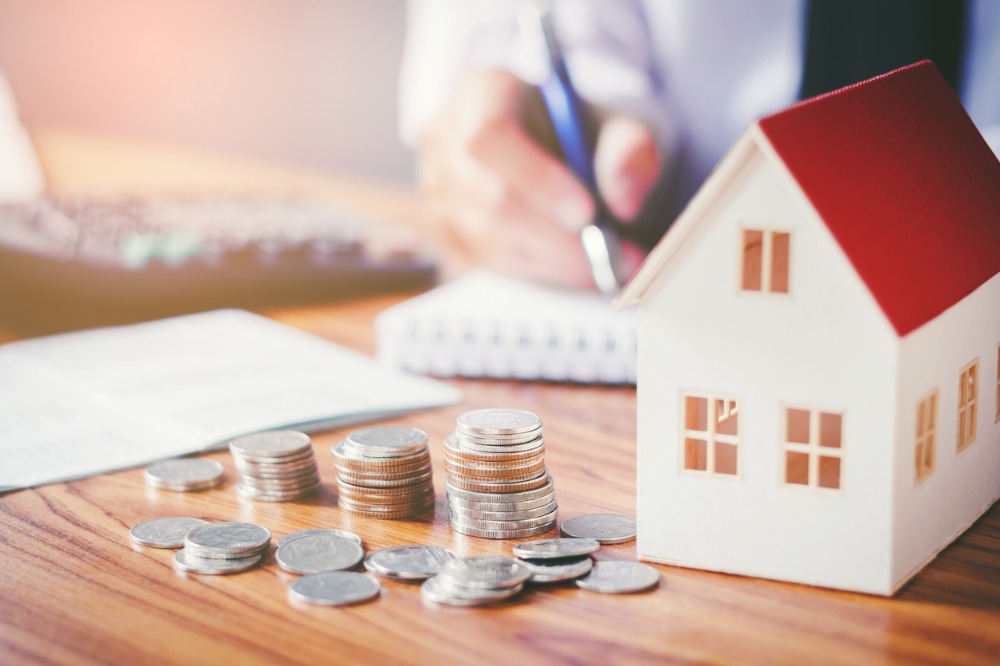Falling interest rates have led to the highest level of home affordability in three and a half years, according to a new report from Black Knight.
“Despite eight consecutive years of rising home prices, July’s record-low mortgage rates, which fell below 3% for the first time on July 16, have made purchasing the average-priced home for a median wage earner the most affordable since late 2016,” said Ben Graboske, president of Black Knight Data & Analytics. “Falling rates and improved affordability have helped to spur home-buying demand, and therefore purchase origination volume, which has provided a much-needed backstop for home prices in the wake of the COVID-19 pandemic.”
As of mid-July, a median wage-earner would need 19.8% of their monthly income to make a mortgage payment on an average-priced home, assuming a 20% down payment and a 30-year mortgage, according to Black Knight.
“That was more than 5% below the average of 25% from 1995-2003,” Graboske said. “This means it currently requires a $1,071 monthly payment to purchase the average-priced home, which is down 6% from the same time last year – despite the average home increasing in value by more than $12,000 during that same time period.”
Graboske said that buying power is now up more than 10% year over year, meaning the average home buyer can afford almost $32,000 more home than they could in June 2019, while keeping their monthly payments the same.
“A main takeaway from this month’s report is that while record levels of job losses are certainly still weighing on the housing market and broader economy, for those shopping for a home now, buying power has clearly trended up,” he said.
Some areas of the country are posting their strongest affordability levels in more than a decade. In Baltimore, record-low mortgage rates have made housing more affordable than it has been since the Great Recession. In Louisiana, Iowa, West Virginia, Kentucky and Maryland, housing is more affordable than it’s been in 25 years, Black Knight reported.
Falling interest rates have also driven record levels of refinance incentive, according to Black Knight. When rates fell below 3% in mid-July, it provided refi incentive to a record 18.1 million homeowners. As of July 23, when the 30-year rate was at 3.01%, there were still 15.6 million refi candidates who could save an average of $289 per month, Black Knight said.

